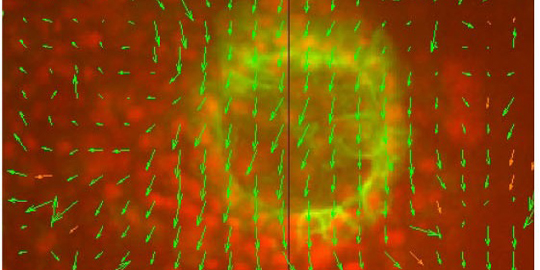New Study Reveals Ozone’s Hidden Toll on America’s Trees
A new nationwide study reveals that ozone pollution—an invisible threat in the air—may be quietly reducing the survival chances of many tree species across the United States. The research, published in the Journal of Geophysical Research: Atmospheres is the first…


 On the surface, it would seem that zebrafish and humans are about as different as, say, developmental biologists and theoretical physicists. Fish swim; humans walk. Biologists revere Charles Darwin; physicists have an abiding admiration for Albert Einstein. It turns out, however, that zebrafish and humans are very similar during the earliest stages of embryonic development. So much so, that developmental biologists study zebrafish embryos to help answer such questions as how do organs end up on the correct side of the human body? Turns out, the question is also interesting to a Syracuse University physicist.
On the surface, it would seem that zebrafish and humans are about as different as, say, developmental biologists and theoretical physicists. Fish swim; humans walk. Biologists revere Charles Darwin; physicists have an abiding admiration for Albert Einstein. It turns out, however, that zebrafish and humans are very similar during the earliest stages of embryonic development. So much so, that developmental biologists study zebrafish embryos to help answer such questions as how do organs end up on the correct side of the human body? Turns out, the question is also interesting to a Syracuse University physicist.